Problems with Gas Grills. Did you know that 75% of grill enthusiasts prefer gas grills for their convenience and ease of use1? Whether you’re a seasoned griller or just starting out, ensuring your grill is in top shape is key to a seamless experience. This article, Gas Grill Problems Solved: Tips for a Smooth Grilling Experience, is here to guide you through troubleshooting and maintenance to keep your grill performing at its best.
From checking the burner to inspecting the propane tank, we’ll cover practical steps to avoid common issues. Regular maintenance, like cleaning the grill and inspecting the gas line, can prevent uneven flames and ignition troubles2. With these tips, you’ll enjoy a consistent flame and delicious results every time you fire up your grill.
Safety is also a priority. Always turn off the tank valve and disconnect the grill before making repairs1. By following these guidelines, you’ll extend the lifespan of your grill and ensure it’s ready for your next barbecue. Let’s dive into the details and make your grilling experience smoother than ever!
Key Takeaways
- Gas grills are preferred by 75% of users for their convenience and ease of use.
- Regular maintenance can prevent 80% of issues related to low heat output.
- Inspecting the burner and gas line ensures even flames and proper ignition.
- Always turn off the propane tank valve before making repairs for safety.
- Cleaning your grill at least once per season improves performance and food quality.
Understanding Gas Grill Components
Understanding the components of your grill is the first step to mastering its performance. Each part plays a crucial role in ensuring a smooth grilling experience. From the burner to the regulator, knowing how these elements work together can help you troubleshoot effectively and maintain your grill for years to come.
Essential Grill Parts Overview
A gas grill consists of several key components that work in harmony. The burner is responsible for creating the flame, while the regulator controls the gas flow from the propane tank. The venturi tubes mix gas and air to ensure proper combustion. Each part must be in good condition for optimal performance.
Regular inspection of these components is essential. For example, clogged burner ports can lead to uneven flames, while a faulty regulator may disrupt the gas supply3. Keeping these parts clean and aligned ensures your grill operates efficiently.
Problems With Gas Grills
The Role of Burners, Regulators, and Venturi Tubes
The burner is the heart of your grill, producing the heat needed for cooking. It’s crucial to check for blockages caused by debris or spider webs, which can affect the flame3. The regulator ensures a steady gas flow from the tank to the burner. If it malfunctions, the grill may not ignite properly.
Venturi tubes play a vital role in mixing gas and oxygen. Correct alignment is necessary to prevent irregular fuel flow. Regular maintenance, such as cleaning the tubes and inspecting the burner ports, can prevent common issues4.
Safety is paramount when working with these components. Always turn off the propane tank valve before inspecting or cleaning the grill. This simple step can prevent accidents and ensure a safe grilling experience.
| Component | Function | Maintenance Tip |
|---|---|---|
| Burner | Produces the flame for cooking | Check for blockages and clean regularly |
| Regulator | Controls gas flow from the tank | Inspect for clogs and replace if faulty |
| Venturi Tubes | Mixes gas and air for combustion | Ensure proper alignment and cleanliness |
By understanding these components and their roles, you can keep your grill in top shape. Regular maintenance and proper alignment of parts like the burner and venturi tubes are key to avoiding issues. With these insights, you’ll be well-equipped to tackle any challenges and enjoy a seamless grilling experience.
Effective Solutions for problems with gas grills
Spotting early signs of trouble can save you from major grilling headaches. Recognizing warning signs like uneven flames or yellow/orange flames is the first step to addressing issues. These symptoms often indicate a poor mixture of air and gas, caused by obstructions like debris or insects5.
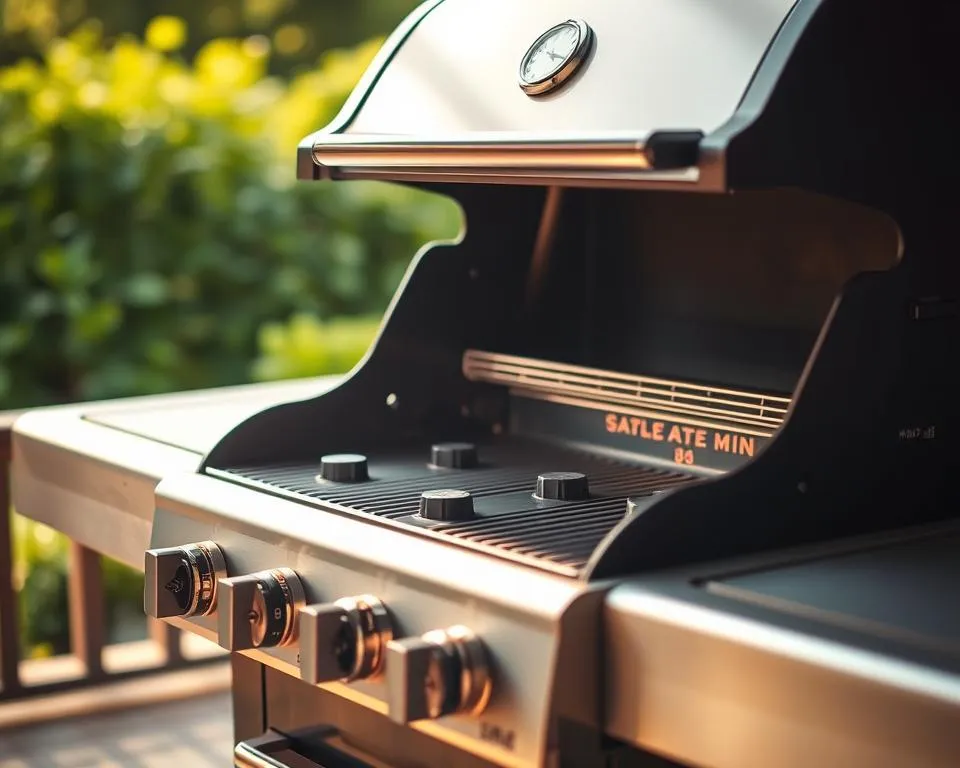
Recognizing Common Warning Signs
Irregular gas flow is a clear indicator of potential issues. It could point to a clogged venturi tube or a faulty regulator. Low flame and inconsistent ignition are also common signs of burner problems6.
Yellow or orange flames are a red flag. They suggest an improper air-to-gas ratio, which can be fixed by adjusting the air shutter. Cleaning the burner ports and tubes can also resolve this issue7.
Expert Tips for Troubleshooting
Start by cleaning the burners to remove debris and spider webs. This simple step can restore proper flame distribution. Next, check the igniter for a proper spark. A malfunctioning igniter is a common cause of ignition failures5.
Always inspect the propane tank for leaks. Use soapy water around the regulator to check for bubbles. If you smell gas, turn off the supply immediately and address the issue6.
| Issue | Cause | Solution |
|---|---|---|
| Uneven Flame | Clogged burner ports | Clean burner ports and tubes |
| Yellow Flame | Improper air-to-gas ratio | Adjust air shutter |
| Low Flame | Faulty regulator | Inspect and replace regulator |
By following these steps, you can ensure your grill operates efficiently. Regular maintenance and timely troubleshooting are key to a smooth grilling experience. Gas Grill Problems Solved: Tips for a Smooth Grilling Experience emphasizes the importance of proactive care to keep your grill in top shape.
Maintenance Techniques: Gas Grill Problems Solved: Tips for a Smooth Grilling Experience
Regular maintenance is the secret to a flawless grilling experience. By keeping your grill clean and well-prepared, you can avoid residue buildup and ensure consistent performance. Gas Grill Problems Solved: Tips for a Smooth Grilling Experience emphasizes the importance of routine care to extend the lifespan of your grill and prevent major repair issues8.

Problems With Gas Grills
Cleaning and Preparing Your Grill
Start by safely disassembling the grill. Remove the grates, burners, and drip trays for thorough cleaning. Use a wire brush to scrub the burner ports and venturi tubes, ensuring no obstructions remain9. This step is crucial for maintaining an even flame and proper gas flow.
Next, wipe down the burners and inspect the gas line for any signs of wear or damage. Regular cleaning can prevent grease buildup, which is a common cause of performance issues8. Make sure all parts are securely aligned and tightened after reassembly.
For the best results, use non-corrosive cleaning tools and solutions. Monthly deep cleaning of removable parts is recommended to maintain optimal performance8. Additionally, replace or clean drip trays weekly to ensure safety and prevent flare-ups.
Finally, cover your grill with a high-quality protective cover. This can block up to 98% of harmful UV rays and extend the lifespan of your grill by up to 50%8. Regular inspections of hoses and burners can also prevent dangerous leaks and malfunctions.
By following these maintenance techniques, you’ll keep your grill in top shape and enjoy a seamless grilling experience. Gas Grill Problems Solved: Tips for a Smooth Grilling Experience provides the guidance you need to master grill care and ensure delicious results every time.
Step-by-Step Repair Process: Gas Grill Problems Solved: Tips for a Smooth Grilling Experience
A well-maintained grill ensures consistent performance and safety during every use. When issues arise, knowing how to troubleshoot and repair key components can save time and frustration. This guide provides a clear, step-by-step approach to fixing common issues, ensuring your grill remains in top condition.
Safe Troubleshooting and Preparations
Before starting any repairs, safety is paramount. Always turn off the propane tank valve and disconnect the grill from the gas supply. Allow the grill to cool completely to avoid burns or accidents. Use proper tools, such as a multimeter for testing electrical components, to ensure accurate diagnostics10.
Inspect the gas line for leaks using a soapy water solution. Bubbles indicate a leak, which must be addressed immediately. This simple test can prevent dangerous situations and ensure a safe repair process11.
Repairing the Regulator, Igniter, and Gas Lines
Start by resetting the regulator. Turn off the tank valve, disconnect the regulator, and wait for 30 seconds before reconnecting. This step can resolve pressure issues and restore proper gas flow12.
Next, check the igniter for cracks or damage. A faulty igniter can cause ignition failures. Replace the battery if necessary, and ensure the electrode is properly aligned with the burner. Testing the igniter with a multimeter can confirm its functionality10.
For gas line issues, inspect the tubes for clogs or corrosion. Clean the burner ports and venturi tubes using a wire brush or compressed air. Proper alignment of these components is crucial for even flame distribution12.
| Component | Issue | Solution |
|---|---|---|
| Regulator | Low pressure | Reset or replace the regulator |
| Igniter | No spark | Replace battery or igniter |
| Gas Line | Clogs or leaks | Clean or replace the gas line |
After completing the repairs, reassemble the grill and test its functionality. Turn on the gas supply and check for leaks again. Ensure the flame is even and blue, indicating proper combustion. Regular maintenance and timely repairs can extend the lifespan of your grill and enhance your grilling experience12.
For complex issues or if you’re unsure about any step, consult a professional. Gas Grill Problems Solved: Tips for a Smooth Grilling Experience emphasizes the importance of safety and precision in every repair process.
Preventive Care and Regular Checkups: Gas Grill Problems Solved: Tips for a Smooth Grilling Experience
Preventive care is the cornerstone of a long-lasting and efficient grilling experience. By incorporating regular checkups and expert advice, you can ensure your grill performs at its best for years to come. Gas Grill Problems Solved: Tips for a Smooth Grilling Experience emphasizes the importance of proactive maintenance to avoid costly repairs and ensure safety.
Routine Inspection and Cleaning Practices
Regular inspections are critical for maintaining your grill’s performance. Start by checking the burner for blockages or debris, which can disrupt the flame. Cleaning the regulator and inspecting the propane tank for leaks are also essential steps13.
Monthly deep cleaning of removable parts, such as grates and drip trays, is recommended to prevent grease buildup. This practice can extend the life of your grill by up to 50%13. Use non-abrasive cleaners to avoid damaging the grill’s finish.
Here’s a quick checklist for routine maintenance:
- Inspect the burner ports for clogs.
- Clean the venturi tubes to ensure proper gas flow.
- Replace or clean drip trays weekly to manage grease efficiently13.
Expert Advice for Ongoing Performance
Experts recommend checking the igniter and gas supply before each grilling session. A faulty igniter can cause ignition issues, while a clogged gas line can lead to uneven flames14. Always ensure the valve is functioning correctly to maintain safety.
Using a high-quality grill cover can block up to 98% of harmful UV rays, preventing surface degradation13. This simple step can significantly extend the lifespan of your grill.
For complex issues, periodic professional service is advised. A trained technician can identify and address underlying problems that may not be visible during routine inspections14.
| Component | Inspection Task | Frequency |
|---|---|---|
| Burner | Check for blockages | Monthly |
| Regulator | Inspect for leaks | Before each use |
| Drip Trays | Clean or replace | Weekly |
“Regular maintenance is the key to avoiding 70% of grilling issues caused by dirty components.”
By following these preventive care tips, you can enjoy a seamless grilling experience. Gas Grill Problems Solved: Tips for a Smooth Grilling Experience provides the guidance you need to keep your grill in top shape.
Conclusion
Keeping your grill in top shape ensures a seamless and enjoyable grilling experience. By focusing on regular maintenance and timely repairs, you can avoid most common issues. Inspecting the burner, cleaning the regulator, and checking the propane tank for leaks are essential steps15.
Always perform a gas leak test using a soapy water solution to ensure safety. If bubbles appear, tighten connections or replace the hose16. Regular cleaning of the venturi tubes and burner ports prevents debris buildup, ensuring an even flame and proper ignition.
For persistent issues, consult a professional service to address complex repairs. Following these steps not only extends the lifespan of your grill but also guarantees a safe and efficient grilling session. With these tips, you’re ready to enjoy every barbecue to the fullest!
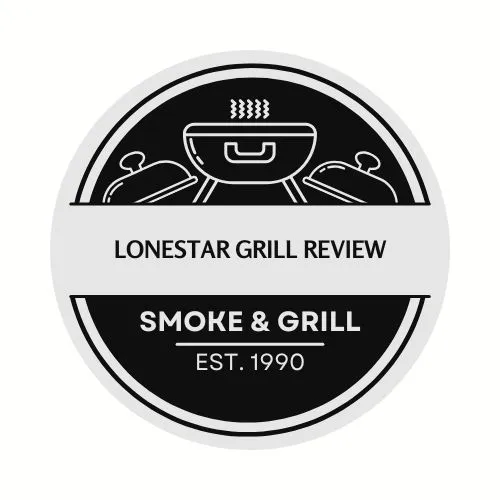
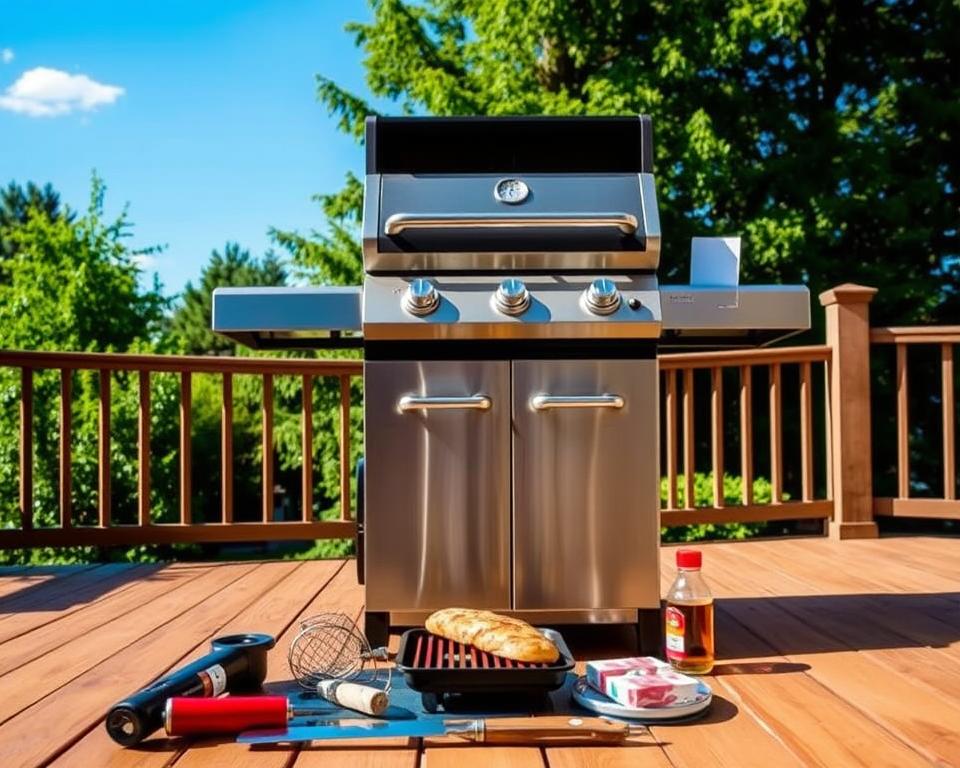
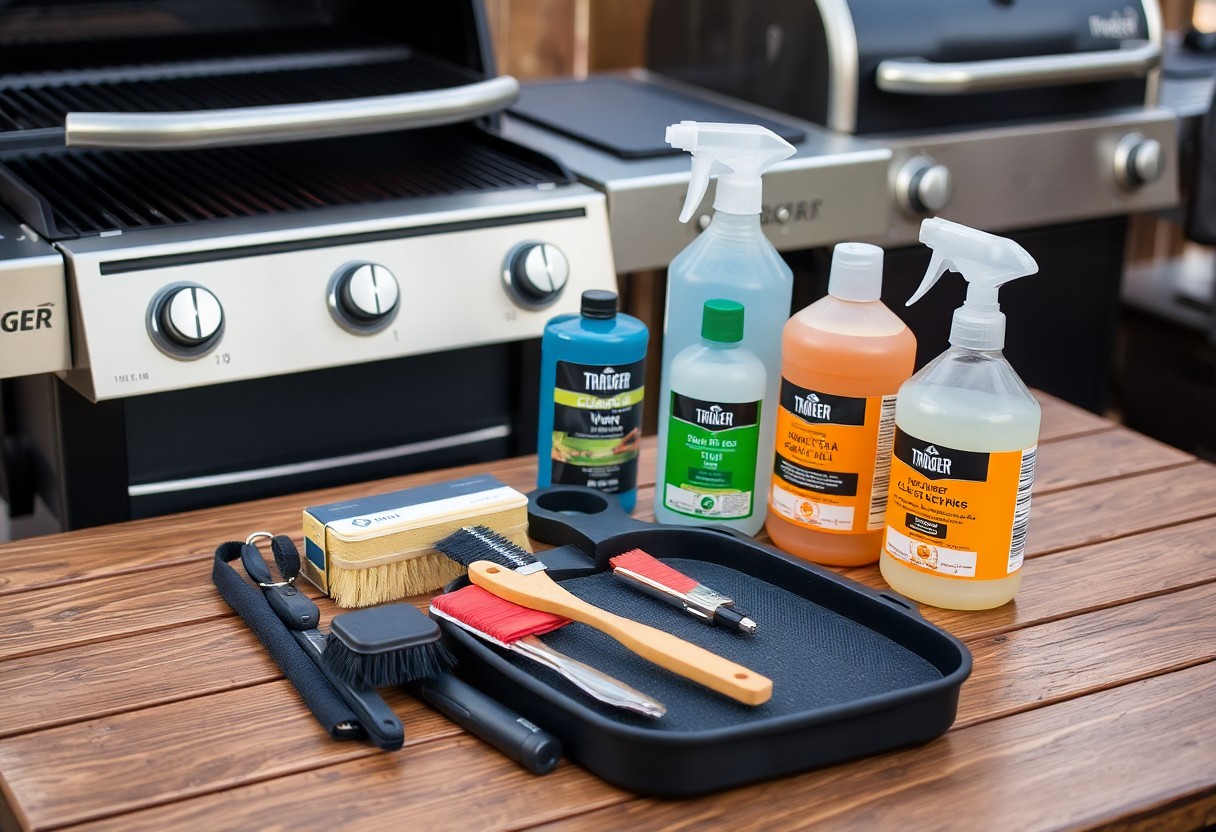
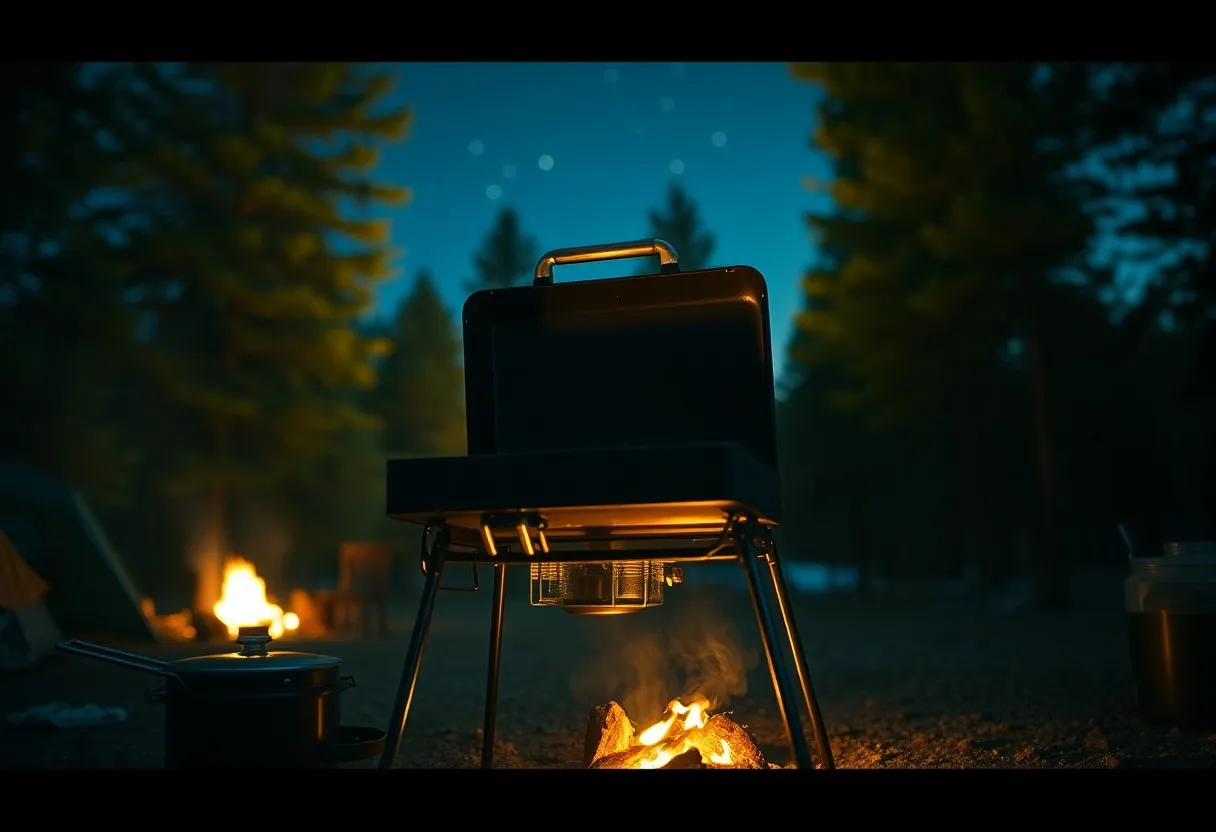
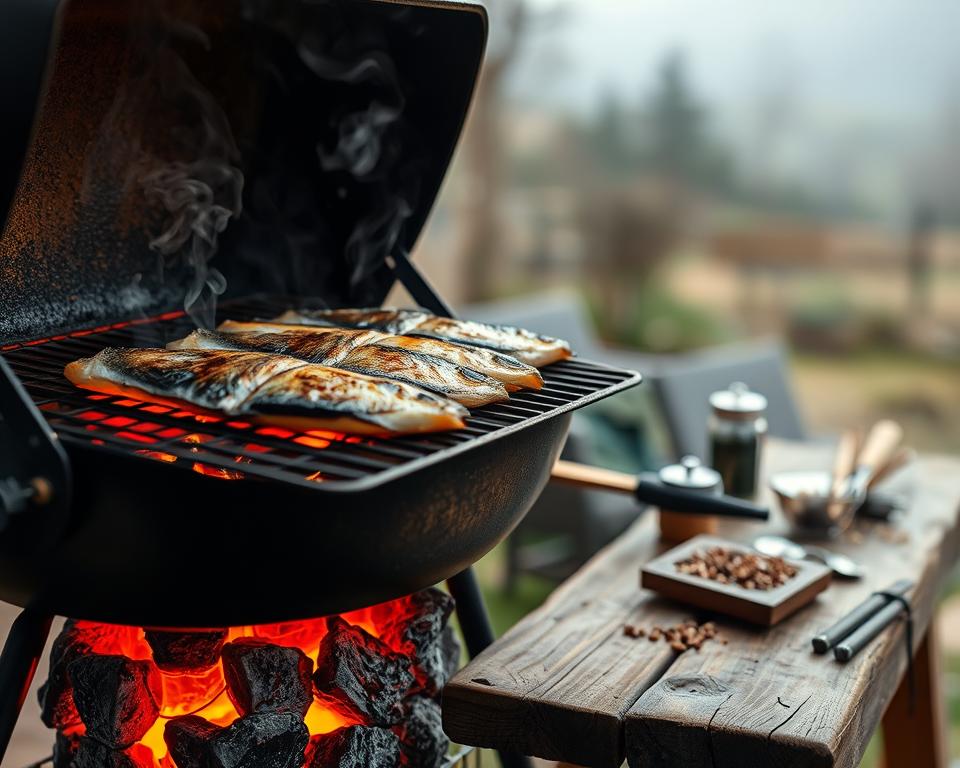
Leave a Reply